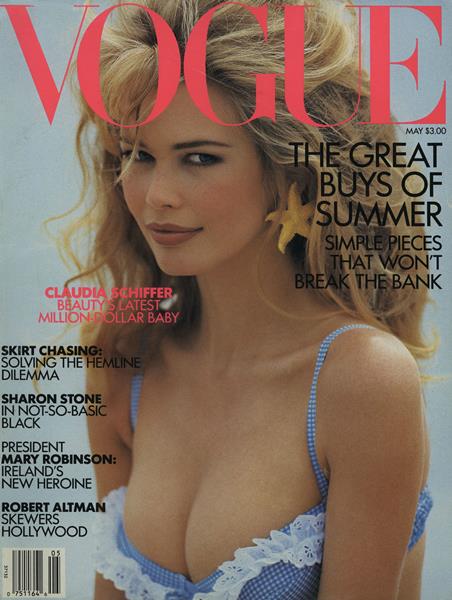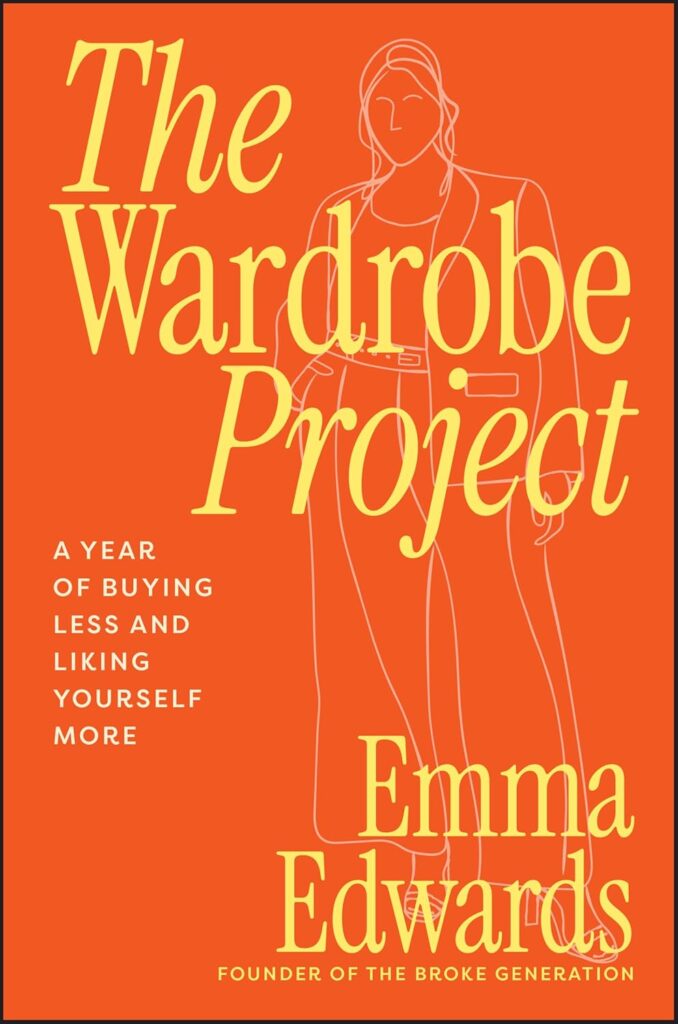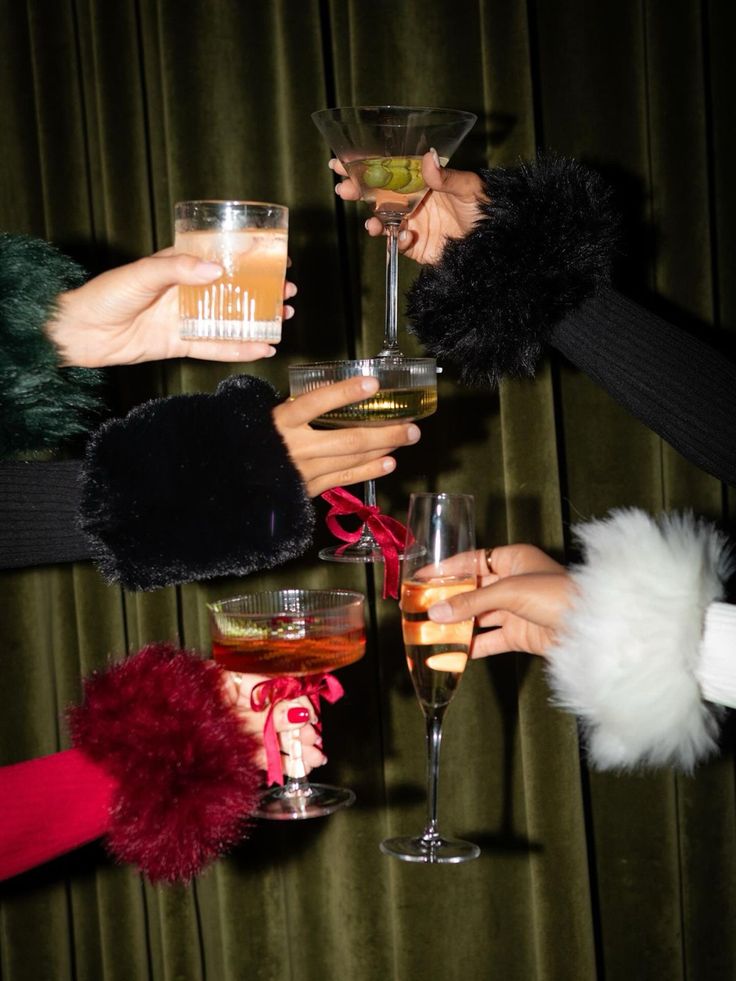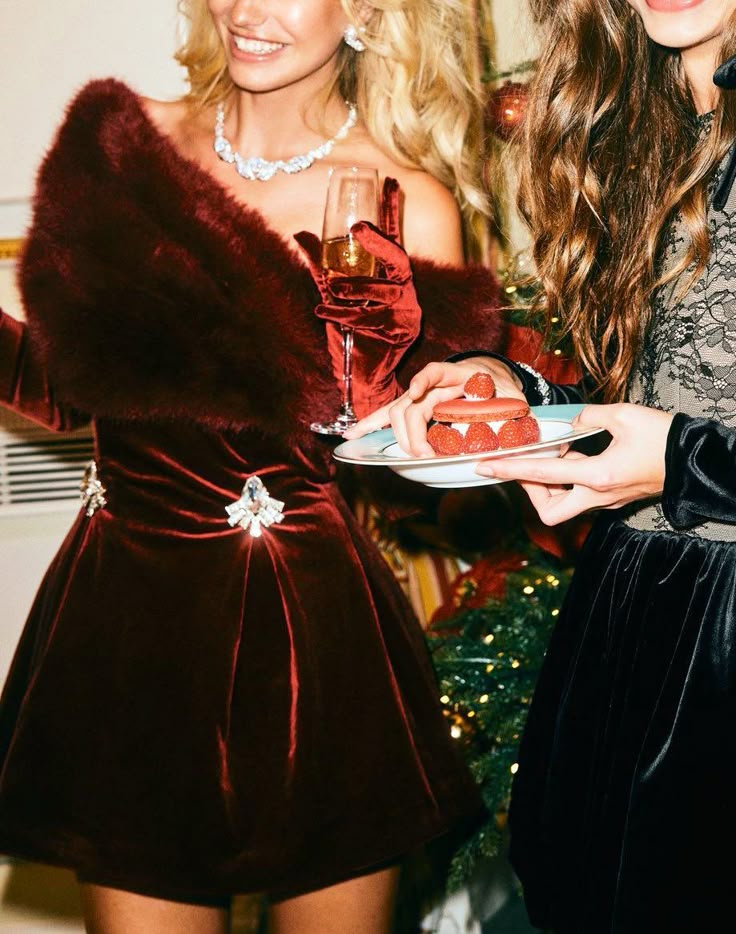From Vanity Fair and Seventeen to Rolling Stone and of course, the overruling matriarch of publications, Vogue, magazines offered a colourful spectrum of insight into pop culture and beyond throughout our pre-digital world. Magazines in the 90s were the first real form of paper-thin social media – where else were we meant to get our fix of celebrity gossip, advice columns and fashion inspo?
For me, magazine culture was exploring cutesy girly mags with glittery lip gloss and celebrity quizzes, graduating to Cosmopolitan for questionable sex and relationship advice likely written by a 17-year-old intern, alongside celebrity star signs and heartthrob heartbreaks that offered a sense of inclusion.
From picking up the newest edition and staring into the sparkling eyes of the Spice Girls, to the final stage of the lifecycle of cutting them out and sticking them on the wall with blue tack (anyone else?), magazines played a huge role in our society as more than just a publication, but a representation of an era.
The recent resurgence of 90’s lore and longing sees us desperately trying to channel the simplicity through film cameras, nostalgic makeup looks and low-rise jeans. So, let’s rewind back to the 90s and see how magazine culture influenced our current reality.
The 90s
Ah, the 90s. Stella McCartney called it messy. Victoria Beckham remembers the glamour. And Kim Kardashian says it was the most fun. A profound decade of daring innocence and fearlessness before everything felt under complete surveillance. The 90’s were carefree- an almost experimental era immortalised in blurry film photos where repercussions seemingly did not outweigh the risk.
It was a time of convergence. As creative industries merged, we saw people no longer confined to scope. Models hung out with hip hop stars. Actors partied with artists. This era of union owed partial thanks to the ‘zines and their weekly side-by-side spreads of stars from across industries, and as this collaborative culture became mesmerising, we all wished to be a part of the effervescent, endless fun.
It became the decade that changed everything.
Magazine Madness
In the 90s, magazines were everything. And I mean everything as more than just a statement of worth, but more so a collection of literally everything. Think advice columns and makeup inspiration amidst footnotes detailing recent news events, the latest Rage music video reviews alongside what your favourite model has for breakfast.
Before socials, magazines were the gold standard of giving and receiving news; an eclectic combination of all facets of life amalgamated in ink-splattered print. A cover held power; the possibility to amplify someone to superstar status overnight, be the catalyst to a pop culture scandal, or propagate a movement of positive societal change.
They offered exclusive insight into the products promising to make you the coolest in school to media coverage of high-profile scandals, like the O.J. Simpson trial and Princess Diana’s death, to celebrity-centric tabloids and advice on how to make your crush love you in a week based on your star sign, all packaged in a 40-page glistening publication with the power to seemingly change the world, weekly.
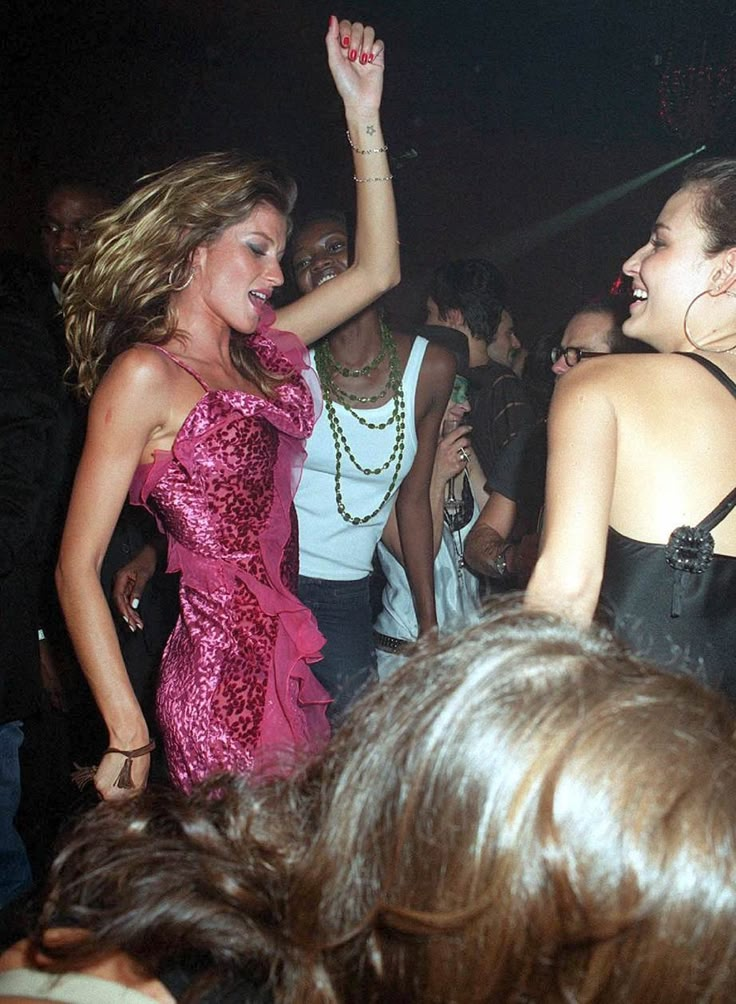
Chasing Vogue
Alongside classics like Pulp Fiction and Clueless, magazines were the prime place for inspiration in the most defining decade of fashion. And what was the highest standard of publication for fashion? Vogue.
Anna Wintour, who undeniably propelled Vogue to new heights, pioneered the blend of high fashion and forward-thinking, never missing a beat in trendsetting. Vogue steered movements and vowed to blur lines between scandalous and genius in show-stopping runway debuts and unforgettable print articles. Gaining its own colloquialism of importance, “on the cover of Vogue”, shows how being plastered on the front page formed the highest tier of respect. Another top publication was i-D magazine, with its distinct profile and winky-faced icon famously imitated by models for the front cover – also known as Vogue’s natural competitor with an edge. It saw supermodels who usually modelled for high fashion brands donning t-shirts and minimal makeup and hanging out on windowsills of messy cardboard box-sized apartments. This sparked an industry shift, from unattainable flavour to casual fashion, introducing a touch of reality that extended to a wider demographic rather than just people who could afford high fashion. This is where anti-fashion becomes fashion.
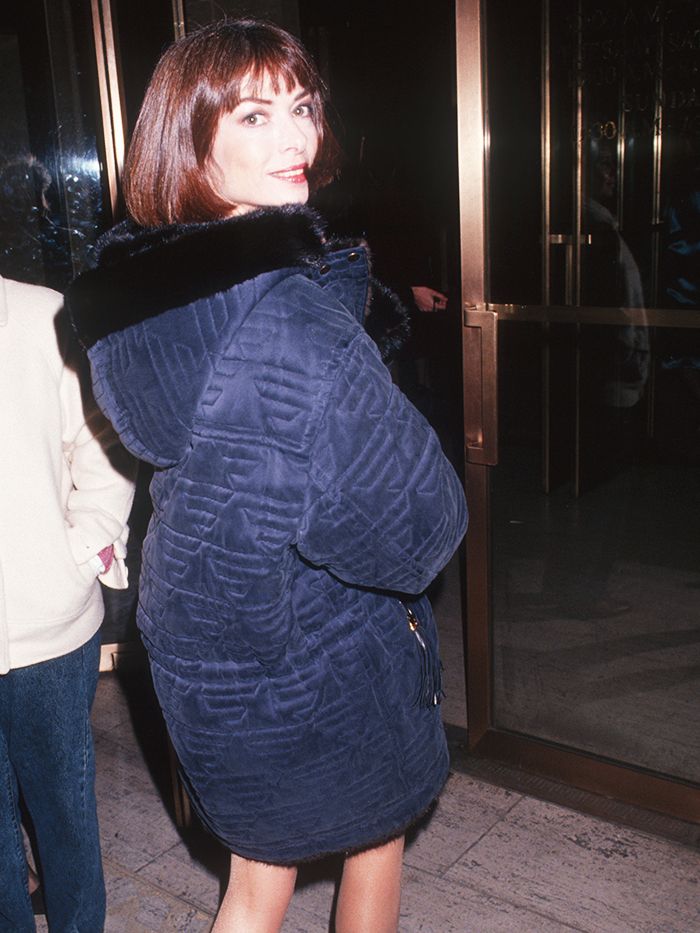
With all magazines competing for the best feature, Vogue prevailed as the cornerstone of culture. With progressive intentions, it promoted inclusivity all the while exuding exclusivity reserved for those most admired. Fashion publications became a cat-and-mouse style chase between following the movements and creating them, which perpetuated the competition in the fashion industry that defined the decade.
Supermodels: Superheroes of the magazines in the 90s
It was the mesmerising models of George Michael’s “Freedom” music video that propelled a group of pretty-faced Gen X-ers into every girl’s idol.
Going from model to supermodel overnight gave them “the license to do almost anything”. There was a public fascination, a sort of admiration that could not be cured unless you shapeshifted into them (or were at least invited to the same parties). Supermodels became the guiding light of inspiration for society and were in demand for almost every cover feature.
Kate Moss humbly rocked the boat with a whole different vibe, in her body type and stark androgynous beauty. As Amber Valletta says, there was “something a little off”. And maybe that something was just a realness that was so prolific at the time. Less of flawless and more of rawness. A new lens on perfection. A breath of fresh air that everyone desperately tried to inhale. Even supermodels changed their look to be like Kate Moss, which saw beauty standards evolve overnight, including a problematic ‘heroin chic’ aesthetic that would plague the fashion industry for years to come.
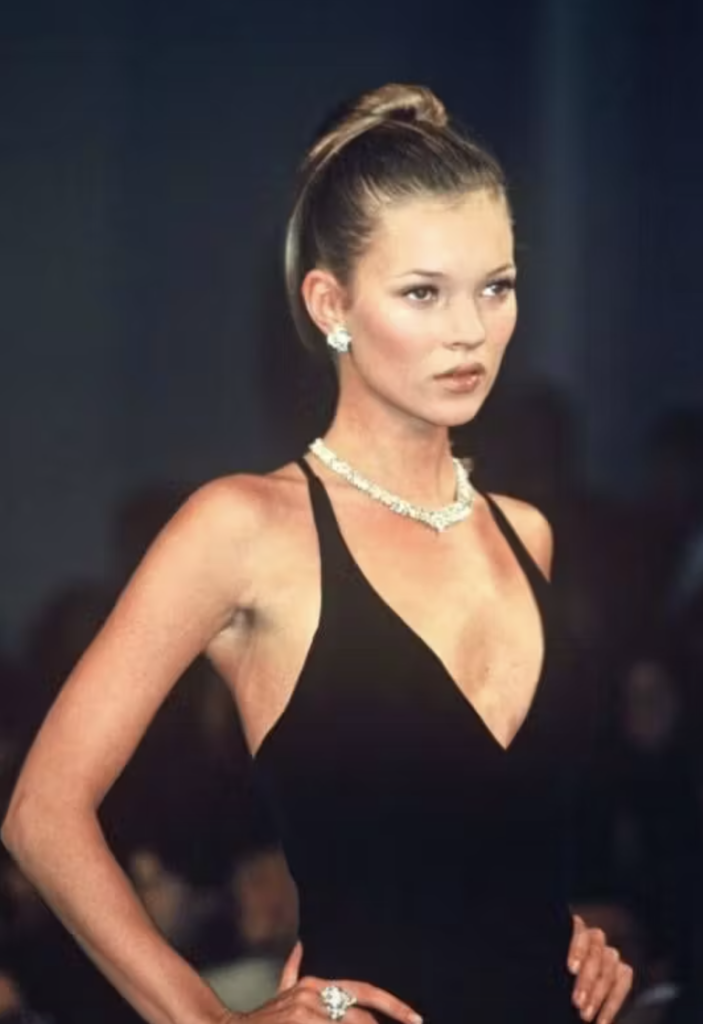
Radical Rebellion
The 90s threatened to challenge social norms; from the controversy of pop icon Madonna, the muse that glorified rebellion and promoted pleasure and provocation, to the rise of Nirvana and the world of grunge, or hip-hop blending with the fashion industry and the LGBTQ+ movement. People loved change, but they also loved to hate it.
Those who dared to rebel sparked outrage and caused jaw-dropping reactions, but this daringness held the door open for the next generation of authenticity and sexual freedom to follow. Non-conformity evoked the rise in subcultures, the tendrils of mainstream culture reaching into niche worlds, such as punk, hip-hop, grunge, cyberpunk, “Rave Grrrl”, and the LGBTQ+ movement, among an abundance of others.
Grunge was a clear standout, led by the hazy love story of Courtney Love and Kurt Cobain, the Romeo and Juliet of the underground in combat boots and baggy jeans. Mainstream media saw the awe they inspired through their unapologetic authenticity, and were hooked; with top magazines trying on the trend, met with the irony of Kurt and his anti-consumerist attitude and iconic red “corporate magazines still suck” shirt.
As Anna Wintour states, “If you stay with the tried and true, you’re going to get left behind.” Even mainstream mags learnt to embrace subcultures, consolidating the notion that rebellion was necessary to redefine the future.
Glamorous Gossip and Famous Feuds
Gossip culture reigned through the 90’s and flowed effortlessly into the 2000’s. From love triangles, Mariah Carey and Whitney Houston being pitted against each other, and Britney and Christina’s famous feud, the mag’s took hold of hostility and made sure it was plastered on every cover. With boy bands and girl groups and the politics in between, the front page was an ever-desired badge of honour, but also a platform where shreds could be torn off stars, turning them from idol to exile in milliseconds.
The obsession with youthful pop princesses that stemmed in the 90s saw the likes of Jessica Simpson, Aaliyah, Christina Aguilera and Britney Spears constantly under scrutiny for clothing decisions and basically everything else. People idolised them, but this also came with harsh criticism, unreal expectations as an “idol”, and unwanted sexualisation of those too young.
The leading example is inarguably teen queen of the 90s-00s, Britney Spears. She was constantly under fire for simply ageing and exploring her personality, including her music videos, VMA’s looks and one iconic Rolling Stone cover, where having fun as a teenager melded into an image of promiscuity. Britney was no stranger to being unfairly condemned by disappointed parents, and teenagers, whose fearful opinions echoed through the media.
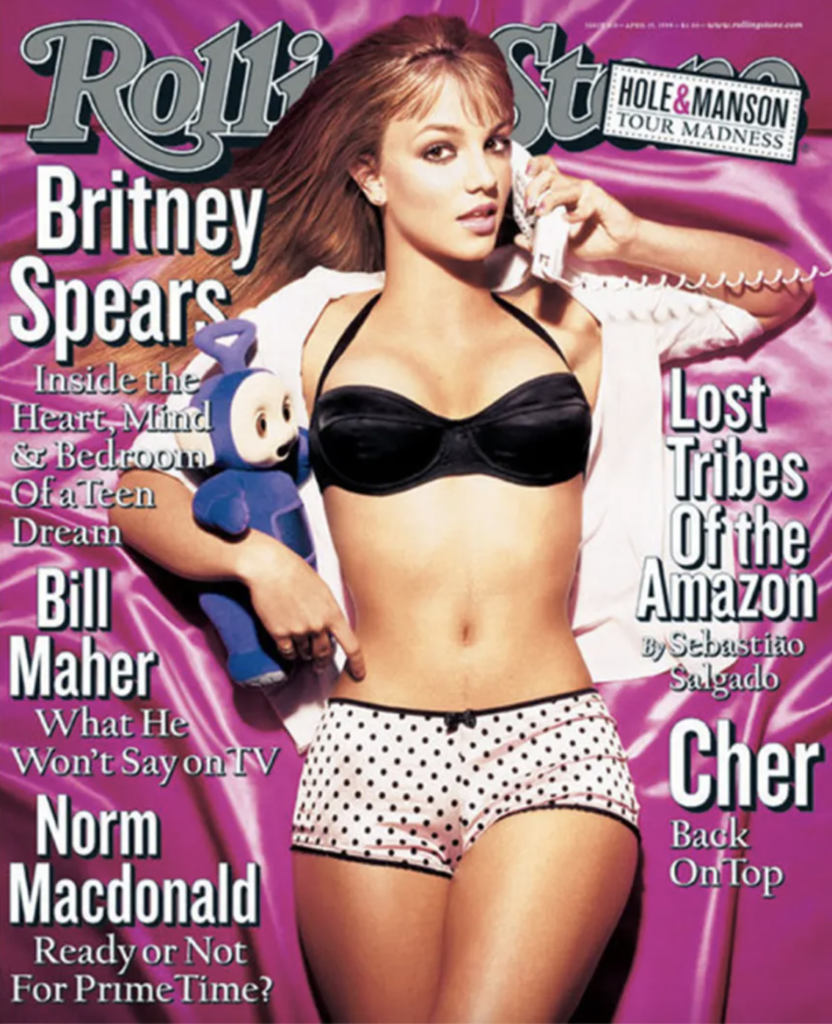
This wasn’t isolated to just Britney, but our whole cohort of pop princesses. Hyper-sexualisation was capitalised on by publications and ended up overshadowing the artists’ talent, to the point where objectification of their bodies claimed the headline rather than the release of their new single. The sexualised discourse surrounding teens, which was disturbingly led by adults, proved incredibly harmful, creating a culture of questioning underage stars about virginity and commenting on their bodies (particularly by older men … and Diane Sawyer). It’s obvious that parenting a generation was not on their bingo cards – but they were relentlessly slammed for being “too sexual” or “bad examples”. Especially poor Britney.
There was a stark double standard between our favourite pop princesses and their male counterparts, who faced not even a comparable percentage of backlash for dressing decisions or love lives. This opened up the floor for discussions on gender inequality and how women are critiqued in the media.
Breaking News
Magazines constantly scrambled to be the trusted source of information for breaking news. After Kurt Cobain suddenly passed, his status as a voice of misunderstood youth and the face of grunge was immortalised in a tribute issue of Rolling Stone, prompting other magazines to take a deep dive into his influence. 1996 saw Tupac posthumously featured on the cover of Rolling Stone in tribute to the rapper’s life followed by similar commemorative coverage after the tragic murder of The Notorious B.I.G. These features set amongst more mainstream icons of the time such as Princess Diana showed a respectful juxtaposition; an acceptance of rising subculture into modern media, and the equal importance of these icons.
Magazines also played a role in education and the fight to address injustices and public health issues such as the HIV/AIDS crisis, with spreads in magazines such as Time and Vanity Fair demanding action from the government and medical institutions, and shedding light on the importance of representation and destigmatisation.

The way these alternative ideas merged into mainstream media sowed the seeds for both inclusion and activism that are still growing today.
The End of an Era
Social media started to erode the dominance of paper print, meaning most magazines transformed into online publications. Although glossy pages have given way to Instagram feeds, the goal to stay relevant, reliable and deliver exclusive content through eye-catching headlines and scandalous snippets remains.
Through the 90s, magazines promised a sense of regularity and comfort, attuned to putting on your favourite fluffy toe socks or waiting for the newest episode of Friends to come out on a Monday. Now, our loops close so much quicker, and information circles minutely rather than weekly, and honestly, losing the excitement of waiting to see who‘s on the front cover without it leaking onto our socials is bittersweet.
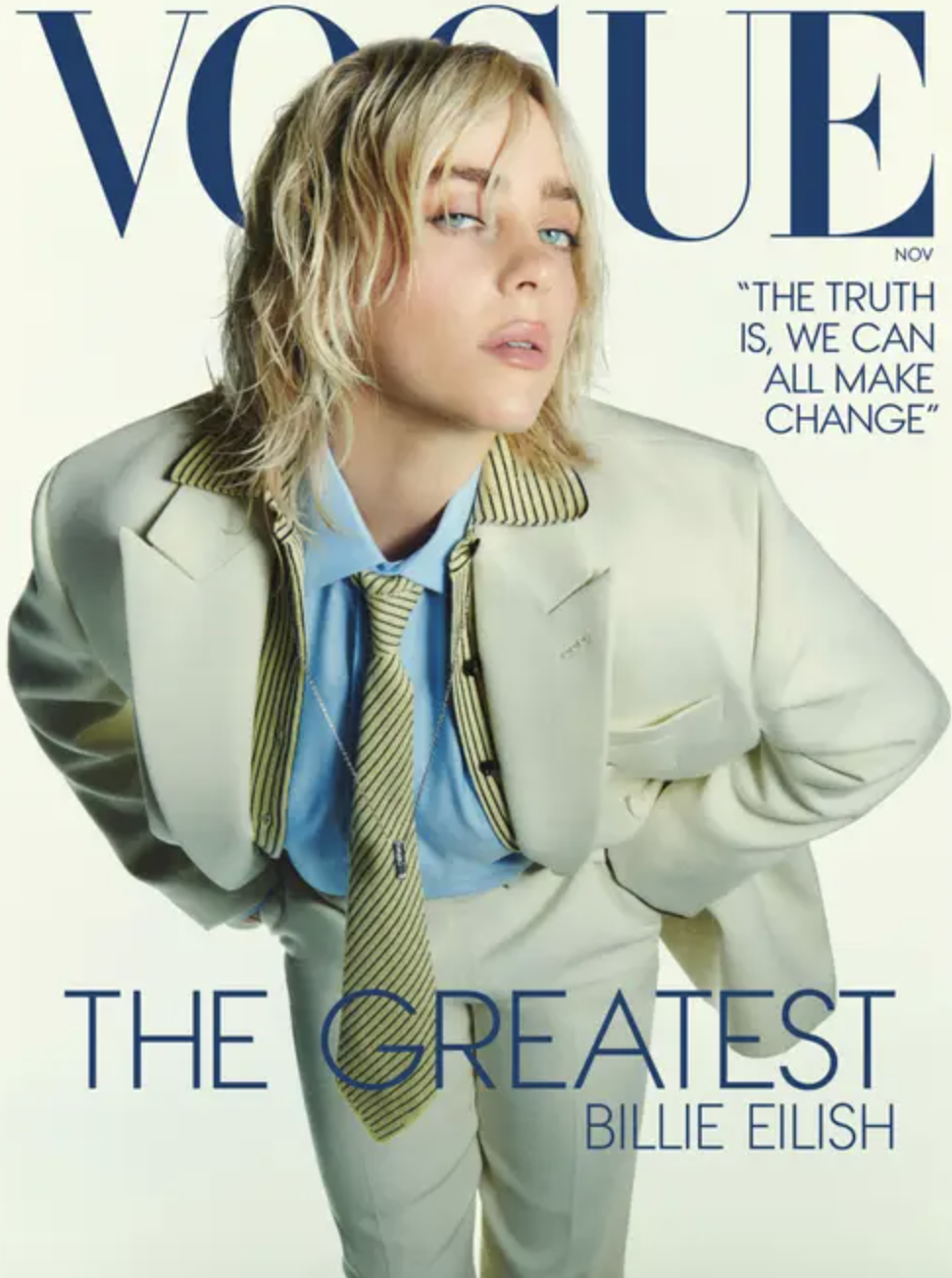
It seems that the rise in 90’s culture is chasing that comfort, or nostalgia (though maybe now we can leave out the exceptionally thin brows). Perhaps that’s the biggest influence that magazines of the past still have on us. The weekly glimmer of hope. The blaring reminder to party like it’s 1999. The rise in rebellion and authenticity. The promise of opportunity.
In an overcomplicated digital world, maybe what we really need is a date with a 1990 edition of Vogue for a reminder of simpler times; the joy of music, the excitement of fashion, and the reminder to not take life so seriously.
Read more of our Thought-Provoking articles here.

